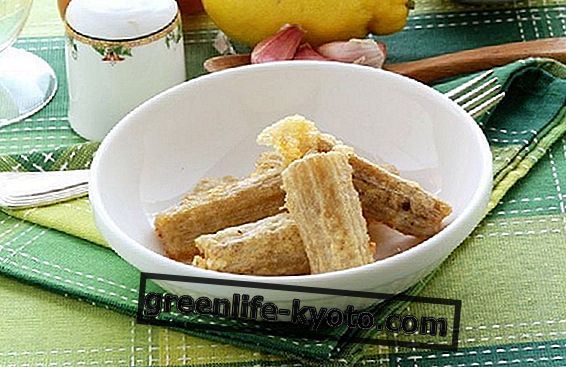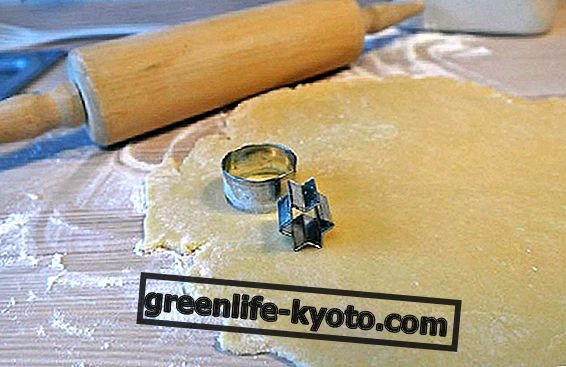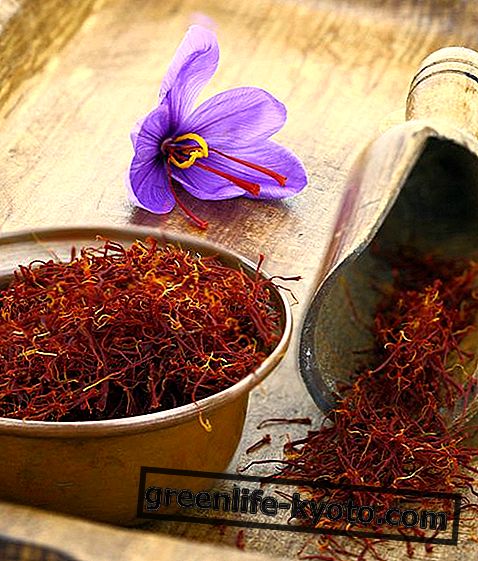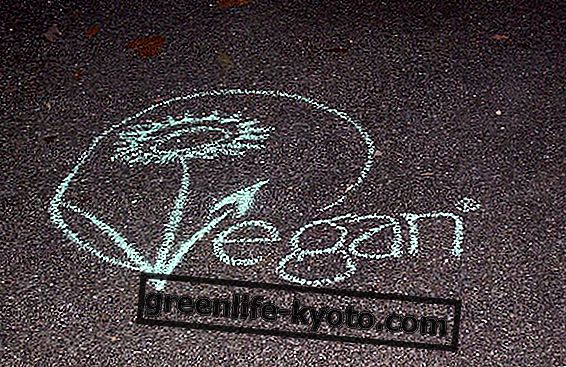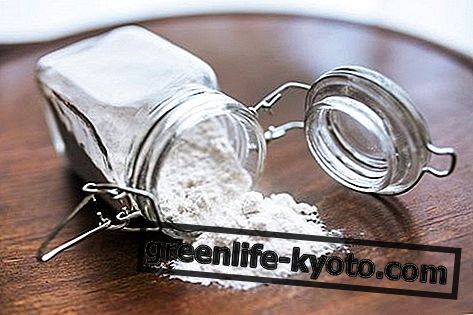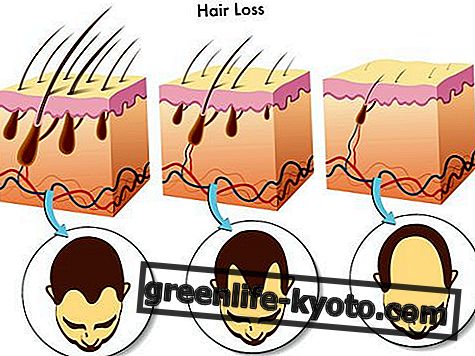The rocket, rich in fiber and calcium, is useful for controlling weight and for strengthening the liver, it has carminative properties useful for promoting the expulsion of intestinal gases and diuretic properties. Let's find out better.

Description of the rocket
There are essentially two types of rocket , cultivated ( Eruca sativa ) and wild ( Diplotaxix tenuifolia ) . They belong to the Crucifera or Brassicaceae family such as cabbage and cauliflower and grow in the Mediterranean area .
Both plants are commonly confused even if the organoleptic characteristics are different. The spontaneous rocket is much stronger in flavor, it is a perennial plant and the flowers are yellow with elongated and jagged leaves. Instead, the cultivated rocket has a "gentler" taste, less pronounced and wider and rounder leaves, is an annual plant and the flowers are lighter on the white.
The name rucola seems to derive from the word "eruca" which means to burn, perhaps because of its particular and pungent, almost spicy taste.
This plant is found spontaneously in our territories and is part of the herbalist tradition and of rural knowledge useful for preparing mixtures of edible herbs common on the tables once.
The life cycle is rapid, in fact, in a few weeks the rocket is collected and eaten and it is also possible to grow it with satisfaction on the balconies and on the windowsills of the houses. The sowing period is spring, with a scaled harvest that continues until late autumn if the apex is kept trimmed and the lateral leaves are also collected.
Properties and benefits of rocket
The rocket is rich in water (91%), 2.5% protein and 3.5% carbohydrates, and has a good fiber content. It does not contain fat and is therefore suitable for controlling weight .
The most important and rare percentage in nature is the presence of kicks or (useful for bones, nails, teeth, hair) and in a balanced diet it is essential: it is therefore a good alternative to animal calcium for vegetarian and vegan diets .
It is also rich in potassium, phosphorus, zinc and magnesium. It contains a lot of iron and vitamin C which in synergy help with absorption ; in fact, it is precisely vitamin C that manages to assimilate the precious iron to the organism when inserted simultaneously within the same meal.
In addition to vitamin C, we find good amounts of vitamin E, A, J, group B, F and K. The latter are useful for strengthening liver functions. Finally, it contains beta-carotene, useful to the body due to its antioxidant and preventive properties. The most important feature of the rocket is that it improves the quality of the blood .
Herbal use gives the rocket carminative properties useful in favoring the expulsion of intestinal gases and diuretic properties thanks to the ability to eliminate liquids from the body.
It is also used as a cough infusion of nervous origin and as a general relaxant. Fresh use is indicated to increase vitamin C and strengthen the immune system, while cooked helps liver functions, purifying the liver. One study has even shown that the rocket has benefits for the stomach regarding ulcer prevention .
Finally, the rocket contains phytochemicals such as thiocyanates, sulforafano and isothiocyanates which together are able to counteract the carcinogenic consequences of estrogens and have cytotoxic effects on tumor cells.
Calories and nutritional values of rocket
100 g of rocket contain 28 kcal / 116 kj.
Furthermore, for every 100 g of this product, we have:
- Water 91 g
- Carbohydrates 3, 9 g
- Sugars 3.9 g
- Proteins 2.6 g
- Fat 0.3 g
- Cholesterol 0 g
- Total fiber 0.9 g
- Potassium 468 mg
- Iron 5.2 mg
- Calcium 309 mg
- Phosphorus 41 mg
- Vitamin A 742 µg
- Vitamin C 110 mg
Rocket, an ally of
Stomach, weight, intestine, immune system, bones
5 other edible beneficial herbs
Curiosity about rocket
A warning in the consumption of the rocket exists and it can be deduced also from the strong and pungent taste that naturally has: the dosage must be contained considering the high quantity of mineral salts and erucic acid. The advice is to prepare a portion of about a fist for children and a maximum of 2 punches for adults.
On the island of Ischia a typical liqueur called "rucolino" is prepared, very similar to the famous limoncello, used as a digestive and aperitif given the bitter taste that stimulates the production of gastric juices.
This plant has ancient uses: already the Greeks and successively the Romans made a wide use both in nutrition and for the medicinal properties. It was even thought to be an aphrodisiac and to help with impotence problems.
A recipe with rocket
Ingredients:
- two fists of fresh rocket,
- 100 gr of oil seeds (walnuts, almonds, hazelnuts, pine nuts, etc.),
- 2 or 3 cloves of garlic,
- olive oil ev
- Salt and Pepper To Taste
Preparation: take the oil seeds, such as walnuts and almonds, put them in a mortar or in a mixer and chop them finely. Peel and cut the garlic cloves and add to the mortar or the mixer by pounding or mincing with a nice drizzle of ev olive oil and a pinch of salt and pepper. Cook the pasta or spaghetti and add the pesto, mix well and add another drizzle of ev oil
